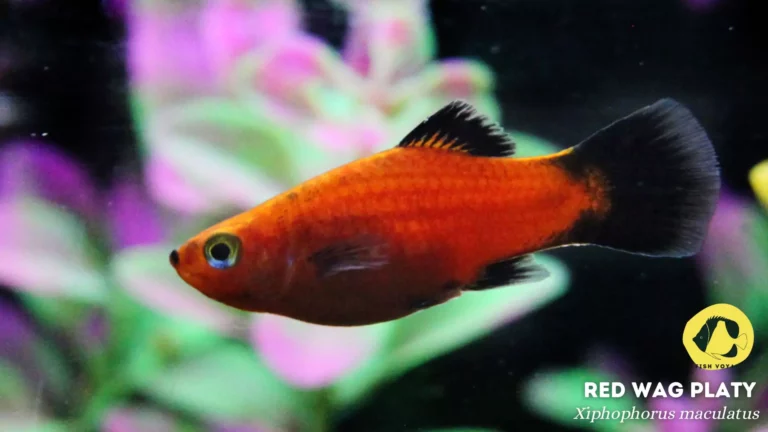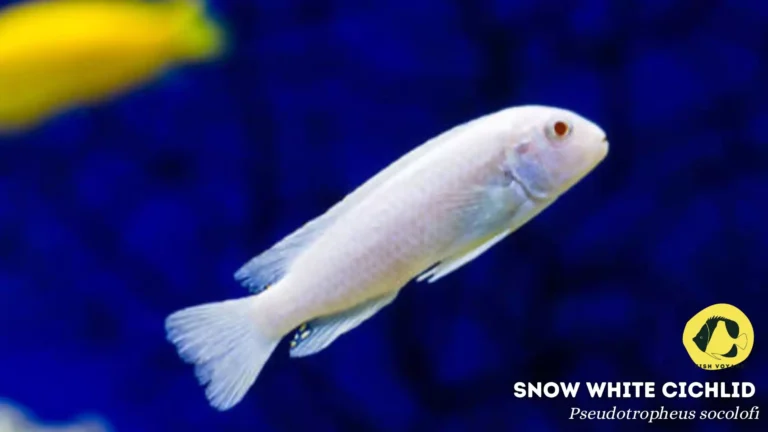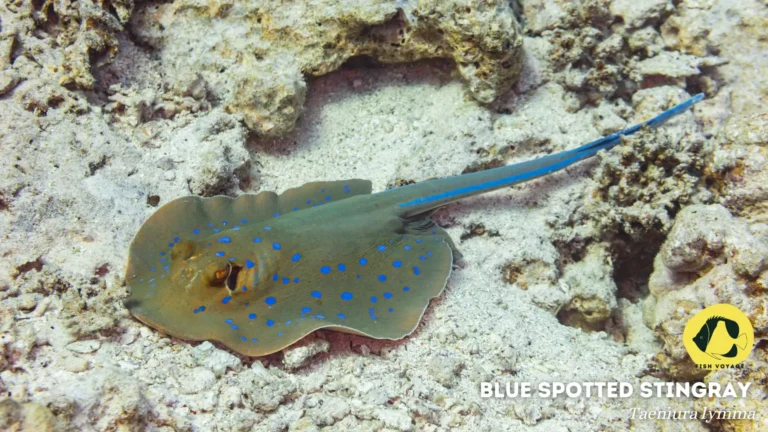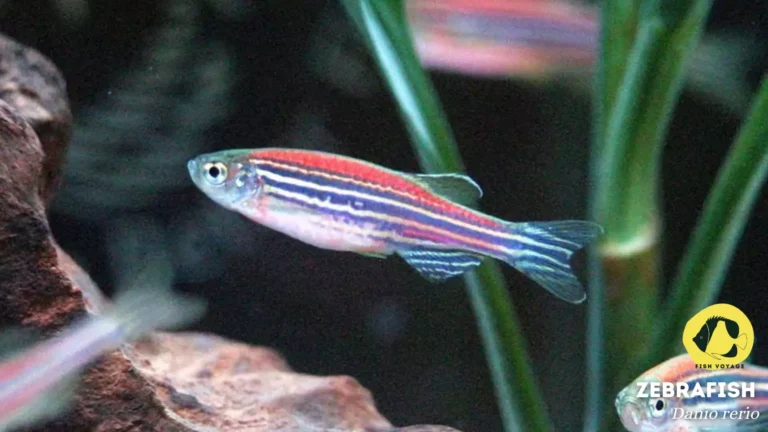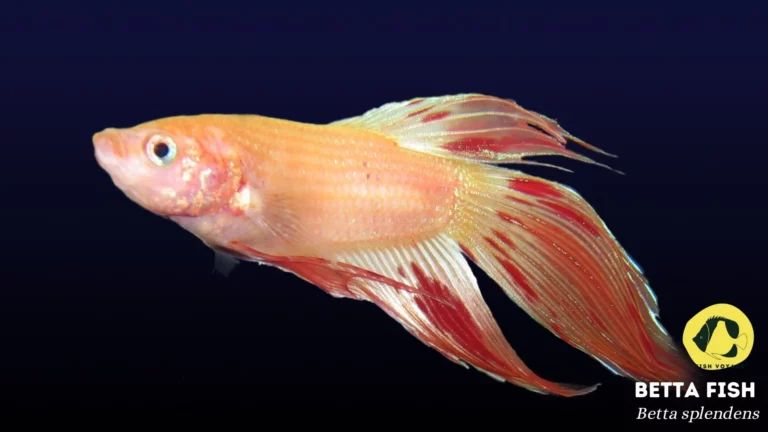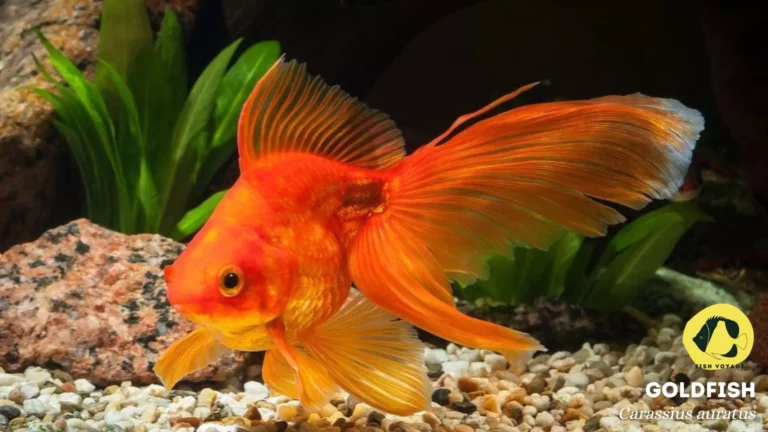The Guide to African Cichlid Water Parameters
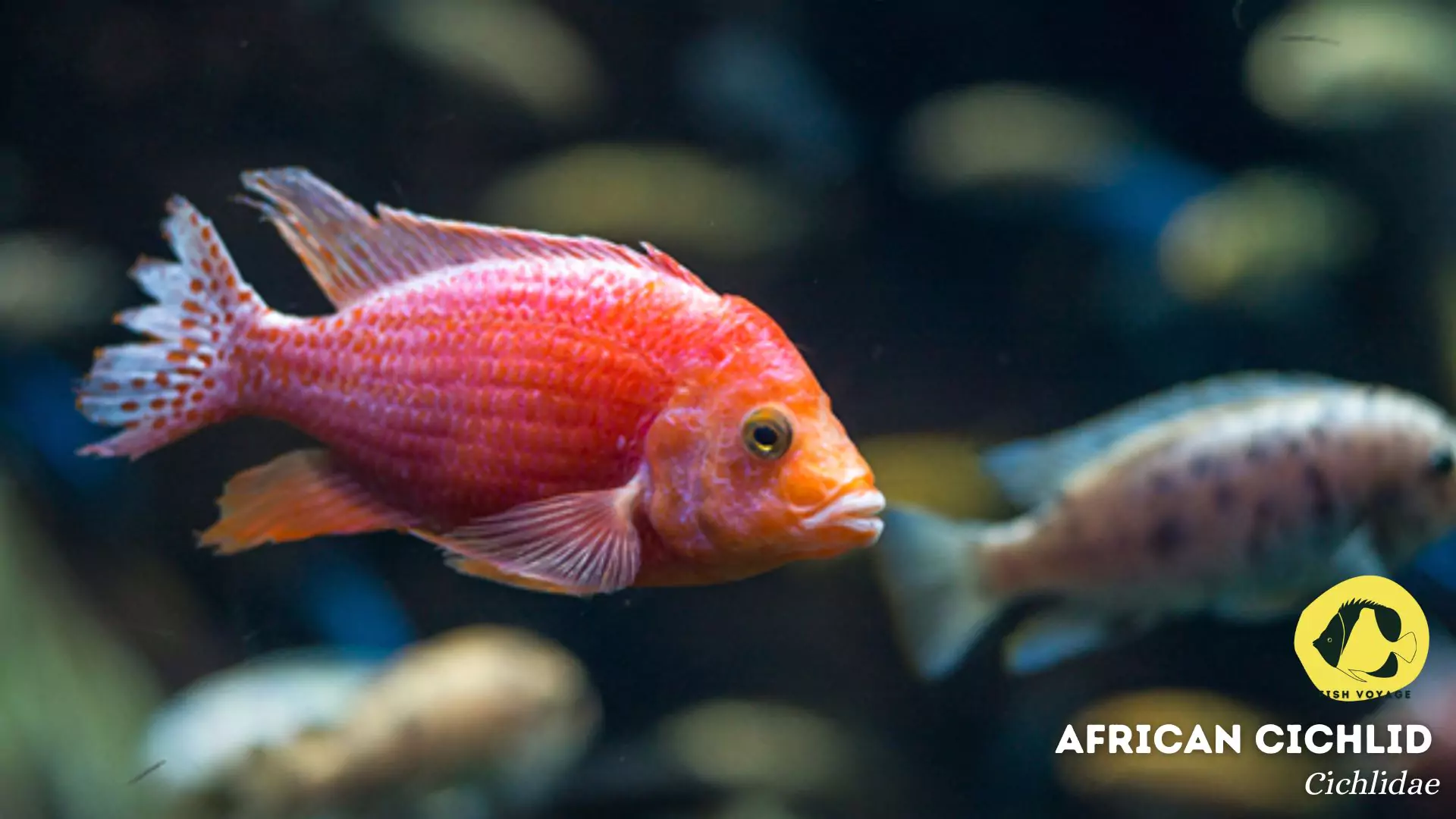
Brief Overview of African Cichlids
African Cichlids, known for their vibrant colors and unique behaviors, are a popular choice among aquarium enthusiasts. Hailing from the lakes of Africa, these freshwater fish species boast a diverse range, each with its distinct characteristics. From the energetic Mbuna to the majestic Peacock Cichlids, understanding their natural habitat is crucial for creating a thriving aquarium environment.
Importance of Maintaining Proper Water Parameters
Achieving optimal water conditions is paramount to the health and well-being of African Cichlids. These species, adapted to specific aquatic ecosystems, thrive when key water parameters are meticulously regulated. Maintaining a balanced environment not only enhances their vitality but also promotes vibrant colors, natural behaviors, and overall longevity. In this comprehensive guide, we delve into the critical aspects of water management to ensure the flourishing of your African Cichlid community.
Preview of Key Water Parameters
This post will delve into essential water parameters that directly impact the health of African Cichlids. From pH levels to water hardness, temperature regulation, and managing nitrogen compounds, we’ll provide actionable insights for maintaining an optimal aquarium environment. Join us in exploring the intricacies of these parameters and learn how to create a habitat that mirrors the conditions of their native lakes, fostering a thriving and visually stunning aquarium.
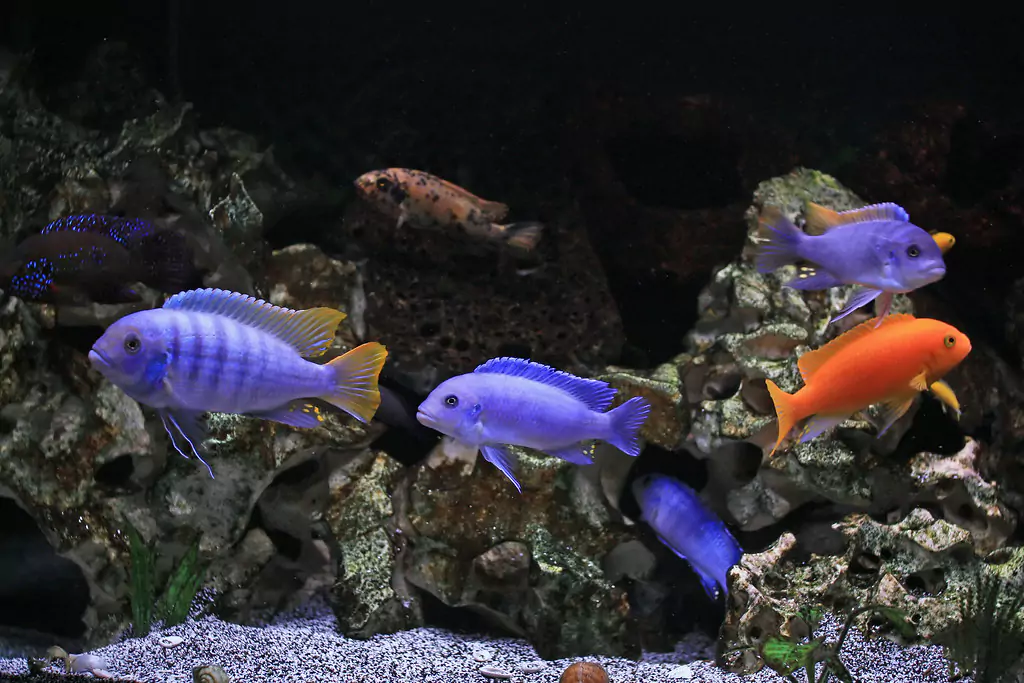
pH Level
Explanation of pH and Its Significance
- pH Defined: pH measures the acidity or alkalinity of water on a scale from 0 to 14, with 7 being neutral. Understanding pH is crucial as it directly influences the physiological processes of African Cichlids.
- Physiological Impact: The pH level affects enzyme activity, nutrient absorption, and overall well-being. African Cichlids, originating from specific regions, thrive within a specific pH range reflecting their natural habitat conditions.
Ideal pH Range for African Cichlids
- Lake-Specific Ranges: Different African lakes have varying pH levels. Generally, Lake Malawi Cichlids prefer a pH range between 7.8 to 8.6, while Lake Tanganyika Cichlids thrive in slightly alkaline conditions, with a pH of 8.0 to 9.0.
- Species Variations: Tailoring pH to the specific needs of your Cichlid species is vital for promoting optimal health and behavior.

Tips for Maintaining Stable pH Levels
- Regular Monitoring: Invest in reliable pH testing kits for accurate measurements. Regular checks help identify fluctuations promptly.
- Gradual Adjustments: When needed, make gradual adjustments to pH levels during water changes to avoid stressing the Cichlids. Use pH buffers cautiously.
- Natural Substrates: Incorporate natural substrates like crushed coral or aragonite, which not only buffer pH but also mimic the Cichlids’ native environments.
- Avoid Drastic Changes: Sudden pH changes can be harmful. Aim for stability by maintaining consistent water quality practices.
- Water Source Consideration: Be mindful of your water source’s pH and make adjustments accordingly to align it with the ideal range for your African Cichlids.
By adhering to these points, aquarists can foster a pH-balanced environment, ensuring the well-being and vibrancy of their African Cichlid community.
Temperature
Importance of Maintaining the Right Temperature
- Physiological Health: Maintaining an optimal temperature is critical for the overall physiological health of African Cichlids. Consistent temperatures support metabolism, immune function, and reproductive behaviors.
- Behavioral Stability: The right temperature ensures that Cichlids exhibit natural behaviors, promoting a more vibrant and engaging aquarium environment.
- Disease Prevention: Stable temperatures reduce the risk of stress-related diseases, contributing to a resilient and thriving Cichlid community.
Recommended Temperature Range for African Cichlids
- Lake-Specific Variations: Understanding the origin of your Cichlid species is crucial. Lake Malawi Cichlids typically thrive in temperatures between 75 to 82°F (24 to 28°C), while Lake Tanganyika Cichlids prefer slightly warmer conditions, ranging from 78 to 86°F (26 to 30°C).
- Species-Specific Needs: Tailor the temperature to the specific requirements of your Cichlid species, considering their native habitats for optimal well-being.
Ways to Regulate and Monitor Aquarium Temperature
- Quality Heaters: Invest in reliable aquarium heaters with adjustable settings to maintain the desired temperature.
- Thermometer Placement: Strategically place thermometers in different areas of the tank to monitor temperature variations.
- Temperature Controllers: Consider using temperature controllers for precise regulation, preventing fluctuations that could stress the Cichlids.
- Room Temperature Awareness: Be mindful of the room temperature, as it can impact the aquarium. Avoid placing tanks in drafty areas or near heating/cooling vents.
- Regular Checks: Conduct regular temperature checks and adjustments during water changes to ensure stability.
By adhering to these points, aquarists can create and maintain a temperature-controlled environment, fostering the well-being and natural behaviors of African Cichlids in their aquariums.
Water Hardness
Definition and Impact of Water Hardness
- Understanding Water Hardness: Water hardness refers to the concentration of minerals, particularly calcium and magnesium, in the water. It is measured in degrees of hardness (dH) or parts per million (ppm).
- Impact on African Cichlids: The hardness of water directly influences the health of African Cichlids. These species often thrive in moderately hard to hard water conditions, mirroring their native habitats.
Suitable Water Hardness for African Cichlids
- Lake-Specific Preferences: Different African lakes exhibit variations in water hardness. Lake Malawi Cichlids generally prefer water with a hardness range of 7-20 dH, while Lake Tanganyika Cichlids thrive in slightly harder water, ranging from 10-20 dH.
- Balancing Act: Striking the right balance of hardness is crucial for promoting proper bone development, maintaining osmotic balance, and supporting overall vitality.
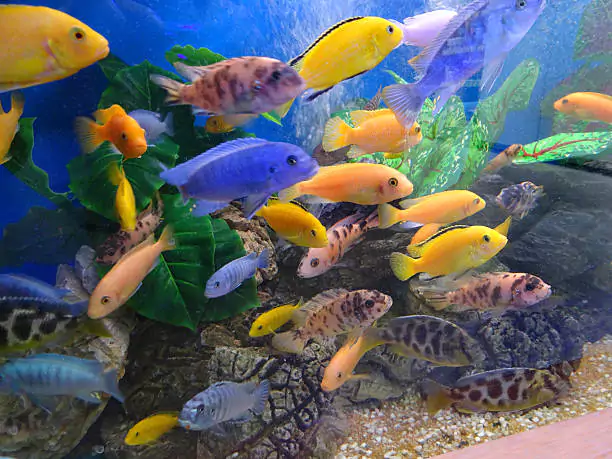
Methods for Adjusting Water Hardness if Needed
- Use of Substrates: Incorporate substrates like crushed coral or aragonite, which gradually release minerals into the water, elevating hardness.
- Adding Minerals: Supplement the water with specific mineral additives designed for cichlid aquariums to achieve the desired hardness levels.
- Reverse Osmosis (RO) Water: If your water source is excessively hard, consider blending it with reverse osmosis water to achieve the appropriate hardness for your Cichlids.
- Gradual Adjustments: Make changes to water hardness gradually during water changes to avoid sudden shocks to the aquatic environment.
- Regular Monitoring: Use water hardness test kits to regularly monitor levels and make adjustments as necessary for the well-being of your African Cichlids.
By following these points, aquarists can effectively manage water hardness, ensuring a habitat that closely mimics the conditions of African lakes and promoting the health and vibrancy of their Cichlid community.
Ammonia, Nitrite, and Nitrate Levels
Overview of the Nitrogen Cycle in Aquariums
- Biological Filtration: The nitrogen cycle is a crucial process in aquariums, where beneficial bacteria convert harmful ammonia into nitrite and subsequently into nitrate.
- Establishing a Stable Cycle: Understanding and establishing a stable nitrogen cycle is fundamental for maintaining water quality and preventing harmful spikes in ammonia and nitrite levels.
Safe Levels of Ammonia, Nitrite, and Nitrate
- Ammonia: Ideally, ammonia levels should be kept at undetectable or very low levels. Even small amounts can stress fish and lead to health issues.
- Nitrite: Similar to ammonia, nitrite should be maintained at undetectable levels to prevent toxicity and stress on aquarium inhabitants.
- Nitrate: While nitrates are less toxic, prolonged exposure to high levels can be harmful. Keep nitrate levels within an acceptable range, typically below 20 ppm.
Techniques for Controlling and Reducing Nitrogen Compounds
- Regular Water Changes: Conduct regular water changes to dilute and remove accumulated nitrates, maintaining a healthier aquatic environment.
- Efficient Filtration: Invest in a reliable filtration system to promote the growth of beneficial bacteria that aid in the conversion of ammonia and nitrite.
- Live Plants: Incorporate live plants into the aquarium as they absorb nitrates during photosynthesis, naturally reducing nitrate levels.
- Avoid Overfeeding: Overfeeding contributes to increased ammonia levels. Feed your African Cichlids sparingly, and remove any uneaten food promptly.
- Test and Monitor: Regularly test water parameters using reliable kits to detect any spikes in ammonia, nitrite, or nitrate levels early on, allowing for timely intervention.
By adhering to these points, aquarists can effectively manage nitrogen compounds, ensuring a stable and healthy environment for African Cichlids. Monitoring and proactive measures are key to preventing imbalances in the nitrogen cycle and promoting the well-being of the aquarium inhabitants.
Filtration
Importance of a Good Filtration System
- Water Quality Assurance: A robust filtration system is paramount for maintaining optimal water quality in African Cichlid tanks. It plays a crucial role in removing debris, waste, and harmful substances, ensuring a clean and healthy environment.
- Biological Balance: Filtration supports the establishment of beneficial bacteria, vital for the nitrogen cycle. These bacteria aid in the breakdown of ammonia and nitrite, contributing to a balanced and thriving aquarium ecosystem.
Types of Filters Suitable for African Cichlid Tanks
- Canister Filters: Efficient in mechanical and biological filtration, canister filters are suitable for larger aquariums with a high fish load.
- Sponge Filters: Ideal for smaller setups, sponge filters provide effective biological filtration and are easy to maintain.
- Power Filters: These versatile filters combine mechanical, chemical, and biological filtration. They are suitable for various tank sizes and offer adjustable flow rates.
- Fluidized Bed Filters: Known for their exceptional biological filtration, fluidized bed filters foster the growth of beneficial bacteria and contribute to water clarity.
Maintenance Tips for Efficient Filtration
- Regular Cleaning: Periodically clean mechanical filter media to prevent clogs and maintain efficient water flow.
- Monitor Water Flow: Ensure consistent water flow through the filter to optimize filtration efficiency. Adjust flow rates as needed.
- Media Replacement: Replace filter media at recommended intervals to prevent the accumulation of debris and maintain biological filtration capabilities.
- Avoid Overcleaning: While regular maintenance is crucial, avoid overcleaning as it can disrupt the beneficial bacteria colonies. Rinse media in tank water to preserve bacteria.
- Check Seals and Components: Regularly inspect the filter for any leaks, damaged seals, or malfunctioning components. Address issues promptly to prevent disruptions in filtration.
By implementing these points, aquarists can establish and maintain an effective filtration system, promoting a healthy and thriving environment for their African Cichlids. The choice of filter type should align with the specific needs of the aquarium setup, ensuring optimal water quality and overall well-being of the aquatic community.
Water Changes
Frequency and Importance of Regular Water Changes
- Maintaining Water Purity: Regular water changes are essential for removing accumulated toxins, nitrates, and other substances that can compromise water quality in African Cichlid tanks.
- Disease Prevention: Routine water changes help prevent the buildup of harmful pathogens, reducing the risk of diseases and promoting the overall health of the aquarium inhabitants.
- Preserving Water Parameters: Water changes assist in maintaining stable pH, hardness, and temperature levels, creating a more consistent and conducive environment for African Cichlids.
Step-by-Step Guide to Performing Water Changes
- Gather Supplies: Assemble necessary supplies, including a siphon, buckets, dechlorinator, and a thermometer.
- Determine Water Volume: Calculate the volume of water to be changed based on the tank size and desired percentage change (typically 10-20%).
- Siphon Gravel: Use a siphon to vacuum the substrate, removing debris and waste from the aquarium bottom.
- Remove Old Water: Gradually siphon out the calculated volume of water, taking care not to disturb the substrate or stress the Cichlids.
- Add Dechlorinated Water: Replace the removed water with fresh, dechlorinated water, matching temperature and parameters as closely as possible.
- Check Parameters: After the water change, monitor key parameters to ensure stability and make adjustments if necessary.
Precautions to Take During Water Changes
- Avoid Drastic Changes: Gradual water changes minimize stress on African Cichlids. Sudden shifts in temperature or water parameters should be avoided.
- Use Dechlorinator: Treat tap water with a reliable dechlorinator to neutralize harmful chlorine or chloramine before adding it to the aquarium.
- Monitor Tank Inhabitants: Keep a close eye on the behavior of the Cichlids during water changes. If signs of stress are observed, consider adjusting the process for future changes.
- Prevent Cross-Contamination: Ensure all equipment used during water changes is clean and free from contaminants to prevent cross-contamination between tanks.
By following this guide and taking necessary precautions, aquarists can execute water changes effectively, contributing to a healthier and more stable environment for their African Cichlids. Regular maintenance practices play a vital role in sustaining a thriving aquarium community.
Testing and Monitoring
Recommending Water Testing Kits
- Reliable Water Testing Kits: Invest in high-quality water testing kits designed for freshwater aquariums, covering essential parameters like pH, ammonia, nitrite, nitrate, and water hardness.
- Brand Consideration: Choose reputable brands known for accuracy and reliability in test results. Consider user reviews and expert recommendations when selecting testing kits.
Regular Monitoring Schedule for Water Parameters
- Establish a Routine: Set up a consistent schedule for testing water parameters, ideally once a week. Regular monitoring is crucial for detecting any fluctuations early on.
- Document Results: Keep a log of test results to track changes over time. Documenting trends helps identify patterns and allows for proactive adjustments to maintain optimal conditions.
How to Interpret and Respond to Test Results
- Understanding pH Levels: Interpret pH results in relation to the preferred range for African Cichlids. Adjust if needed, considering the specific requirements of your Cichlid species.
- Ammonia and Nitrite Assessment: Zero or low readings for ammonia and nitrite are ideal. If elevated levels are detected, take immediate action through water changes and monitor the tank closely.
- Nitrate Management: Keep nitrate levels within acceptable ranges (typically below 20 ppm). Regular water changes and adjustments to feeding habits can help control nitrate accumulation.
- Water Hardness Evaluation: Evaluate water hardness against the preferred range for your Cichlid species. Adjust using appropriate methods if necessary.
- Temperature Consistency: Confirm that temperature levels remain stable within the recommended range. Address any deviations promptly to avoid stress on the Cichlids.
By following these points, aquarists can establish an effective testing and monitoring routine, ensuring a proactive approach to maintaining optimal water conditions for African Cichlids. Regular assessments and timely responses contribute to a healthier and more resilient aquarium community.
Conclusion
Recap of Key Water Parameters
- pH Balance: Maintaining the right pH level is essential for African Cichlids, with variations based on their specific lake of origin.
- Temperature Control: Precise temperature regulation within recommended ranges ensures the well-being and natural behaviors of Cichlids.
- Water Hardness: Balancing water hardness according to the preferences of your Cichlid species is crucial for bone development and overall vitality.
- Nitrogen Cycle Management: Understanding and managing the nitrogen cycle through efficient filtration and regular water changes is fundamental for water quality.
- Filtration Efficiency: Choosing and maintaining an appropriate filtration system is key to removing impurities and fostering a healthy aquarium environment.
Significance of Maintaining a Stable Environment
- Vibrant and Healthy Cichlids: A stable environment directly contributes to the vibrancy, health, and longevity of African Cichlids.
- Natural Behaviors: Consistent water parameters support the expression of natural behaviors, creating an engaging and dynamic aquarium setting.
- Disease Prevention: Stability in water conditions minimizes stress, reducing the likelihood of diseases and ensuring a resilient Cichlid community.
Encouragement for Aquarists to Stay Informed and Proactive
- Continuous Learning: Stay informed about the specific needs of your Cichlid species and any advancements in aquarium care.
- Proactive Maintenance: Regular testing, monitoring, and proactive adjustments are key to preventing issues and promoting a thriving aquarium.
- Community Engagement: Connect with fellow aquarists, join forums, and share experiences to gain valuable insights and support.
- Enjoy the Journey: Embrace the rewarding experience of caring for African Cichlids, witnessing their vibrant colors and unique behaviors in a well-maintained aquarium.
In conclusion, creating and maintaining an optimal environment for African Cichlids involves a holistic approach, addressing key water parameters and fostering a stable habitat. As aquarists, staying informed and proactive contributes to the success and enjoyment of this fascinating hobby.
Additional Resources
Links to Reputable Forums for Further Information
- AquariumAdvice: Explore the Aquarium Advice forum, a reputable platform where experienced aquarists share insights, troubleshooting tips, and valuable information on African Cichlid care.
- Cichlid-Forum: Engage with the Cichlid-Forum community, a dedicated space for Cichlid enthusiasts to discuss species-specific topics, share experiences, and seek advice on maintaining optimal water conditions.
Recommended Products for Maintaining Water Parameters
- API Freshwater Master Test Kit: Invest in the API Freshwater Master Test Kit for comprehensive water parameter testing, covering pH, ammonia, nitrite, nitrate, and water hardness.
- Aqueon Pro Aquarium Heater: Ensure precise temperature control with the Aqueon Pro Aquarium Heater, a reliable and adjustable heating solution suitable for African Cichlid tanks.
- Seachem Prime Dechlorinator: Safeguard your aquarium from harmful chlorine and chloramine by using Seachem Prime Dechlorinator, a trusted product known for its effectiveness and reliability.
- Fluval FX6 High Performance Aquarium Filter: Consider the Fluval FX6 High Performance Aquarium Filter for efficient mechanical and biological filtration, providing a clean and healthy environment for your Cichlids.
By exploring these forums and utilizing recommended products, aquarists can access valuable insights from experienced community members and enhance their aquarium care practices. These resources contribute to a well-informed and supported approach to maintaining optimal water parameters for African Cichlids.
Frequently Asked Questions (FAQs)
1. What is the ideal pH range for African Cichlids?
The ideal pH range for African Cichlids varies based on their specific lake of origin. Generally, Lake Malawi Cichlids thrive in a pH range of 7.8 to 8.6, while Lake Tanganyika Cichlids prefer slightly alkaline conditions with a pH of 8.0 to 9.0.
2. How often should I perform water changes for my African Cichlid tank?
Regular water changes are essential for maintaining water quality. Aim for a 10-20% water change every one to two weeks, depending on factors like tank size, fish load, and water test results.
3. What should I do if ammonia levels in my Cichlid tank are high?
High ammonia levels can be harmful to African Cichlids. Perform immediate water changes to dilute ammonia, and ensure efficient biological filtration. Adjust feeding habits to prevent overfeeding, a common cause of elevated ammonia.
4. How can I control nitrate levels in my African Cichlid aquarium?
To control nitrate levels, maintain a regular water change schedule, ensure efficient filtration, and consider the addition of live plants. Keep nitrate levels below 20 ppm to promote a healthy and vibrant Cichlid community.
5. What are some signs that my Cichlids are stressed due to water parameters?
Signs of stress in African Cichlids include changes in coloration, reduced activity, abnormal swimming patterns, and erratic behavior. Monitor water parameters regularly, and address any deviations promptly to maintain a stress-free environment.

